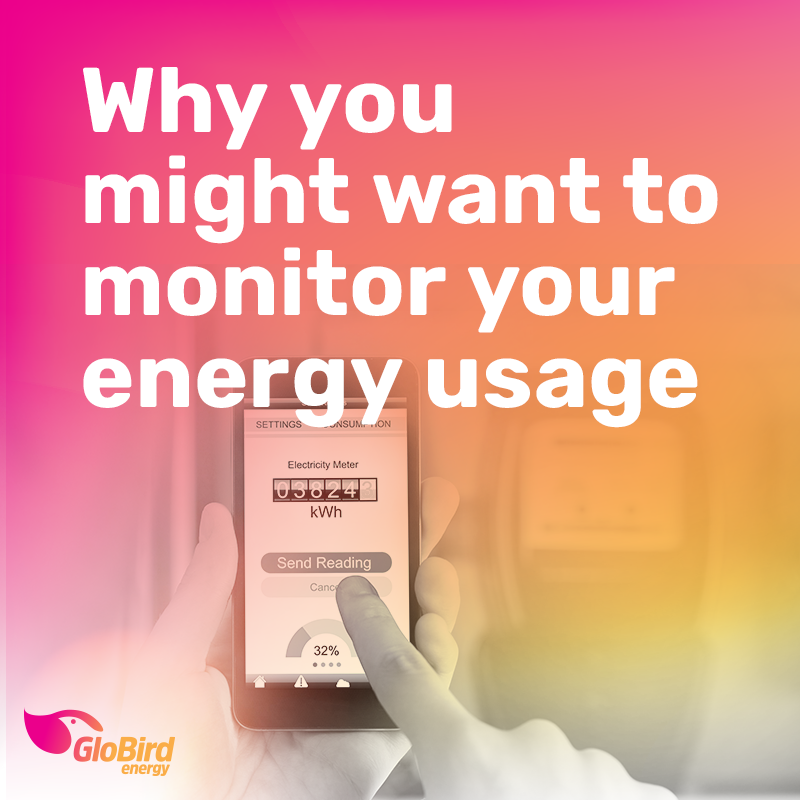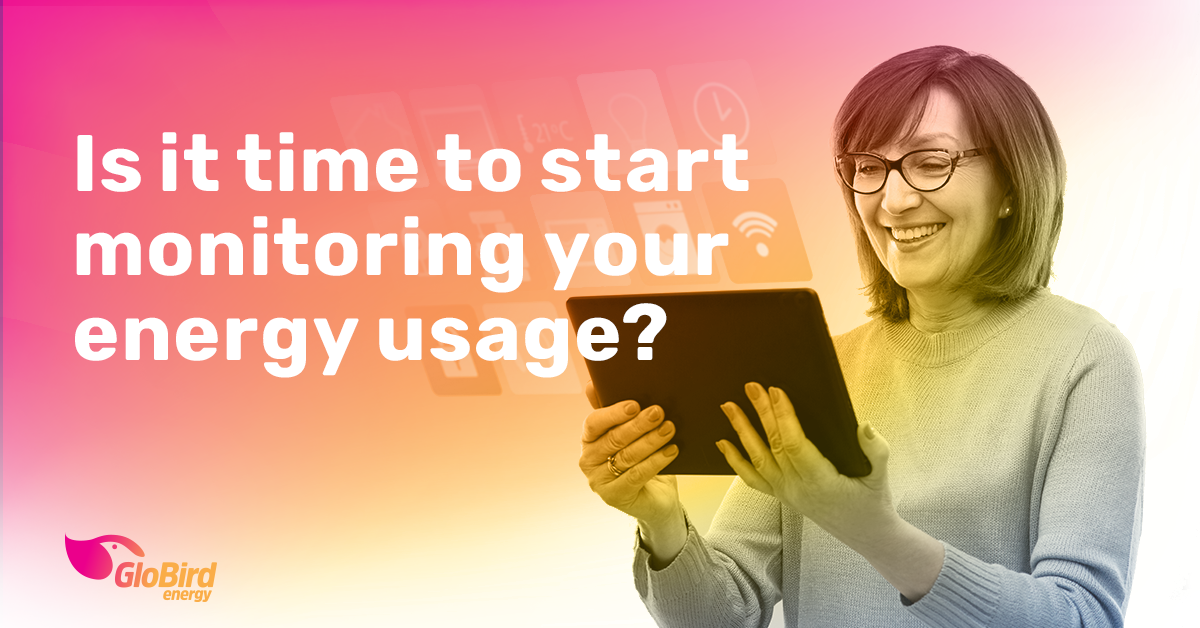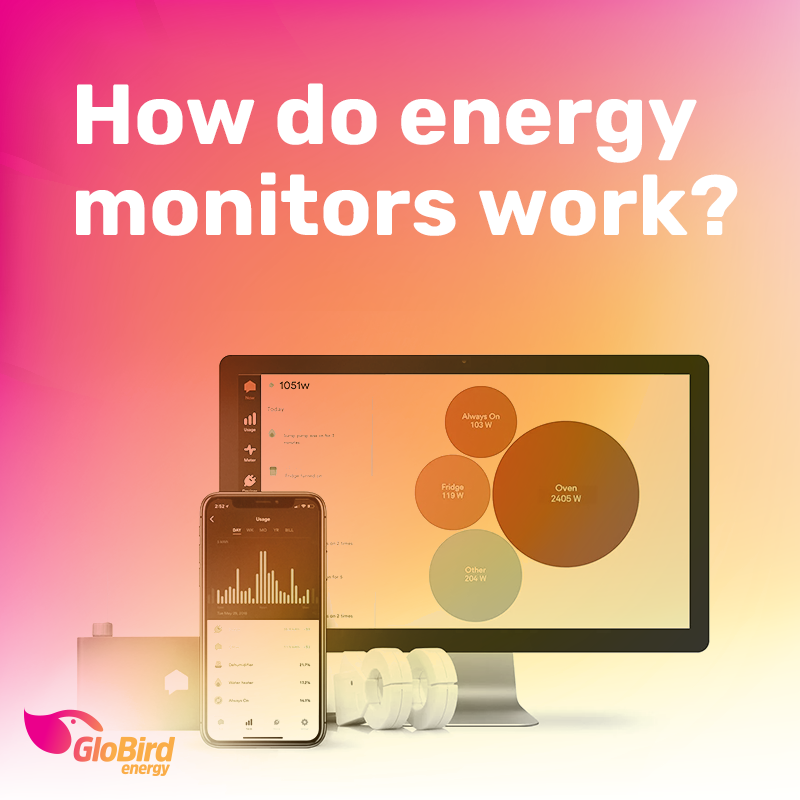In the good old days, most households had less than a dozen appliances that used electricity at any time, including lights and heaters. Only a couple of them, like the fridge, were always on and they wouldn’t have used more than three or four at once.
Those days are long gone, particularly for a family home with teenage kids. You’re likely to have quite literally 50 things that could be plugged in at any time, including those dozen devices that need regular charging (don’t forget the toothbrush), and there might be a dozen or more in use concurrently.
Are some appliances or devices using more energy than you think? More than they really should? Are things that keep using electricity being left on when they’re not needed? Is one of your older appliances responsible for more than its fair share of your monthly bill?
These are all questions that can easily be answered with an energy monitoring device.
Why you might want to monitor your energy usage

As we’ve said before, knowledge is power. In this case, you could say it’s potentially power saving. If you know that some simple changes to your behaviour or usage patterns will definitely give you a cheaper energy bill, there’s a pretty good chance you’ll give it a shot.
The motivation for installing an electricity usage monitor is often multi-faceted.
1/ You can find out what your standby, after-hours, and/or overnight energy usage is.
2/ You can get a better understanding of the impact of using the ‘optional’ items – air conditioning, electric hot water, lighting, etc – for lengthy periods (as opposed to being more conscientious about switching them off).
3/ It lets you see how to maximise the benefit and value of solar power generated by your solar PV panels (if you have solar).
4/ It gives you some clear data to educate your family members about how much electricity you use and how much it costs.
5/ Ultimately, it gives you the information you need to prompt meaningful behavioural change to significantly reduce energy consumption (and make your energy bills cost less).
How do energy monitors work?
Energy monitors have three components: a sensor, a transmitter, and a receiver.
The sensor unit (which measures energy consumption) has an optical meter or magnetometer to measure the kWh usage. The transmitter sends consumption data from the sensor to the receiver (usually via Bluetooth). The receiver might be a display screen, your internet router, a separate hub, or your mobile phone.
There are two main types of energy monitors: wireless and online.
Wireless electricity monitors are tablet-like devices that display real-time energy usage data, including average kWh usage, costs, and even Co2 emissions. Only some of the more expensive energy monitors display historical usage data and, even then, it’s usually only for 12 months.
They’re available for both traditional and smart meters, but either way you’ll require a qualified electrician to attach wireless energy sensors to your meter.
Online energy monitors are completely web-based and can be accessed from a desktop or via tablet and mobile apps. Online monitors typically included information on voltage, power factor, and how your energy usage compares to other properties in your area for that time of year.
Online monitors can also track solar output provided you have the right solar inverter and meter.
What information can you get?
You can get monitors that analyse usage patterns to detect which appliances are putting a strain on your energy bill. If you input your tariff information, they can also calculate how much your electricity usage is costing you, after all, we all want cheaper energy. Some models can be programmed to warn you about a time-of-use tariff.
You can watch your energy use go up as you turn a home appliance on and down when you turn it off.
In addition to the live data about your electricity consumption, your monitor also creates a usage baseline for your home, based on historical data. Whenever your daily, weekly, or monthly electricity usage changes, the device will notify you so that you can figure out if you should be concerned and do something about it.
Some monitors allow you to set monthly targets, alerting you as you approach, reach, or exceed that target.
How do I choose a monitor?
There is no simple, one-size-fits-all answer to this question, as certain monitors have very particular compatibility requirements.
You will need to do some research or get an expert opinion to make sure you’re getting a monitor that will do what you want.
Some of the most popular home energy monitors in Australia are:
o PowerPal
o Efergy Engage
o Sense home energy monitor
o Emerald Planet energy monitor
o Smappee home energy monitor
o Vue Smart Home energy monitor
Victorian residents can get a government rebate
All Victorians can participate in the State Government’s Victorian Energy Upgrades (VEU) program.
If you are looking to buy an energy monitor, rebates or discounts are available through businesses accredited for installing in-home displays.
Details of the program and what it offers, along with a list of Accredited Providers is available on the Victorian Energy Saver website.
Meanwhile, if you’re thinking about changing your household energy consumption habits – with or without being prompted by data from a monitoring system – you might be interested in our recent article Something your kids can learn about at home: saving energy.
This slightly older piece, 7 things you should do now to reduce your winter energy bills, is also quite helpful.

